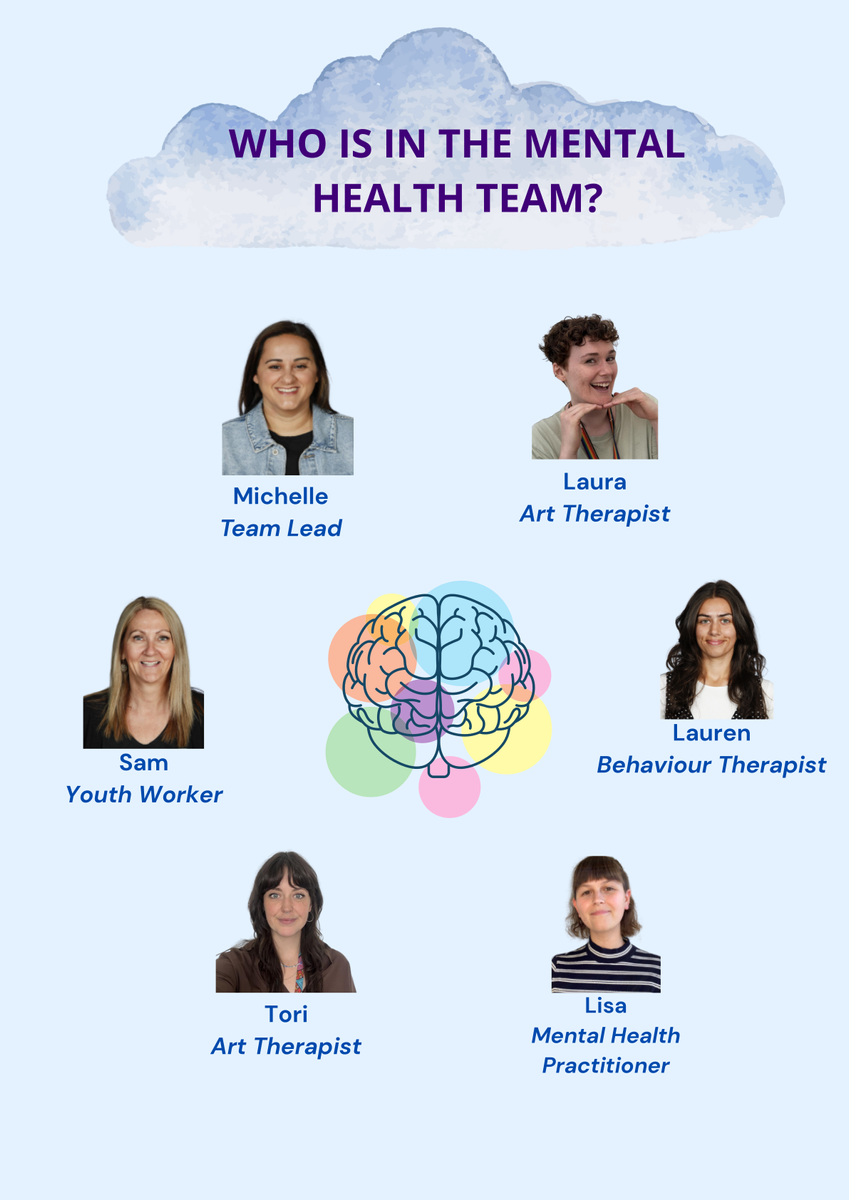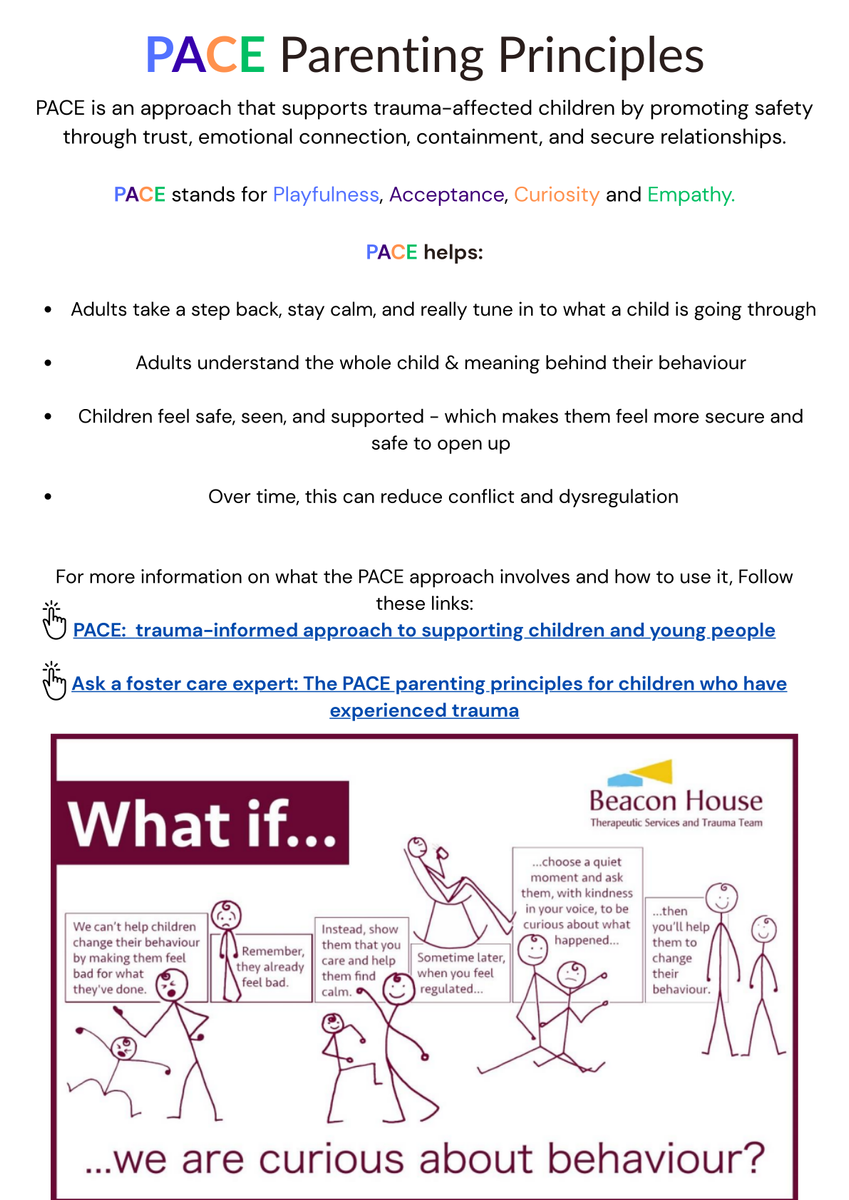Health & Wellbeing News

How Eating the Right Foods Can Fix Your Mood
Can you eat your way to a better mood?
There is emerging research which explores how our diet can improve our gut health, which can in turn help boost our mood. Let’s take a closer look at gut health and the link between food and mood.
Gut Health
Our large intestine is full of trillions of bacteria. There is a mixture of good (and not so good) bacteria in our gut, which has more of an impact on our health than you might think. Good bacteria feeds on the fibrous parts of foods that our body cannot digest and produces chemicals that can influence our emotions. These chemicals travel all over the body to help regulate hormone levels, including those that affect mood. The little bugs in our gut also help produce over 90 percent of our body’s serotonin, which is an important hormone for happiness.
The link between food and mood
The ‘gut-brain axis’ is the communication pathway that connects our gut to our brain. One of the best examples of this connection is that feeling of butterflies you get in your stomach when you feel nervous or stressed. This connection is made more complex, as our mood can be affected by how the bugs in our gut respond to the food that we eat. Research has shown that consuming a diet rich in wholegrains, fruits, vegetables, and healthy fats can help improve symptoms of depression when combined with social support. Those who improved their diet showed the greatest improvement in depressive symptoms compared to those who didn’t. Exercise can also help improve our gut health through diversifying the types of bacteria that live there.
Diet for happiness!
What foods should we be eating to help support our mental health? The good news is that it all comes down to balance. Aim to eat a variety of foods from the five food groups, every day. This includes fruits, vegetables, wholegrains, lean meats or meat alternatives, and dairy or dairy alternatives.
Fruits, vegetables and wholegrains provide us with lots of fibre, which the good bacteria in our gut love. Some fermented dairy products (like yoghurt or kefir) can also help the good bugs in our gut thrive.
Set A Goal to Stay Active This Winter
Give your motivation and confidence a boost this winter. Stay active and celebrate your progress—big or small—with an open goal.
If you’re looking for a bit more motivation to get active this winter, why not set an open goal? It may give you that extra pep you need to head out the door for a walk, do a workout at home or even go to the gym.
What is an open goal?
Open goals are also known as ‘do-your-best’ goals because they are all about seeing how well you can do, not about measuring up to a specific goal at a fixed moment in time.
Open goals work differently to traditional ‘SMART’ goals. They are open-ended and more flexible. For example, an open goal to be more active could be—‘I want to see how many minutes of activity I can do every day’ instead of ‘I will do 45 minutes of exercise every day’. Or, ‘I want to see how many times I can get to the gym in a month’ instead of ‘I will go to the gym three times each week’.
Why are open goals helpful?
Here’s five reasons to consider setting an open goal if you want to be more active:
Because open goals are about doing your best, they have no fixed end point, so there is no ‘failure’ if you don’t reach a specific goal. Phew!
Open goals focus on and celebrate your progress. It doesn’t matter if you’re progressing quickly or slowly—all progress is a win.
Open goals are flexible and adjust for the challenges of everyday life—like being sick, working longer hours or going on holiday. Remember, it’s about doing your best. If you’ve been unwell maybe the best you can do today is less than last week, but it’s still your best.
Open goals can also help you be more realistic about what you can achieve.
They help you remain positive about your activity and make the activity seem more enjoyable. All positives that will keep your momentum going!
How to set an open goal
If you want to try an open goal, here’s a few tips:
Think about what you want to achieve—do you want to be more active? Do you want more variety in your activity?
Decide how you’re going to measure your progress—for example, the number of minutes of activity you do every day.
Keep your goal open-ended—‘I want to see how many minutes of activity I can do every day’.
Plan how you are going to achieve your goal—so think about how you are going to be more active or what you can do to put your new ‘habit’ into practice. For example, ‘I am going to find three ways to be more active every week’.
Monitor your progress online
Get Active Victoria can help you track your progress. Login to your account and record your activity in the Activity Tracker. You can see all your activity over the month on your Dashboard. Following your results may inspire you to do more.
This winter be kind to yourself both when setting a goal and when working towards it. Do your best and celebrate any progress you make!






